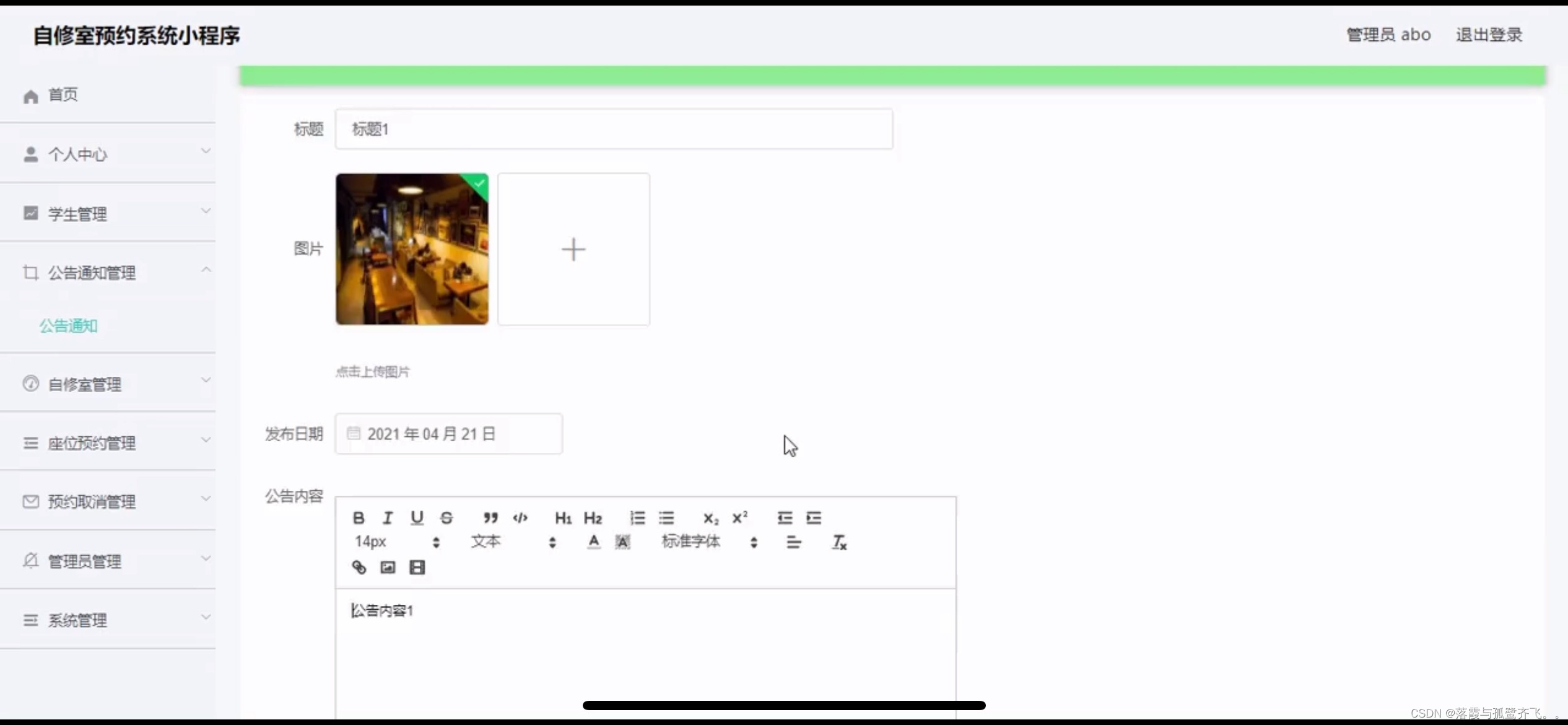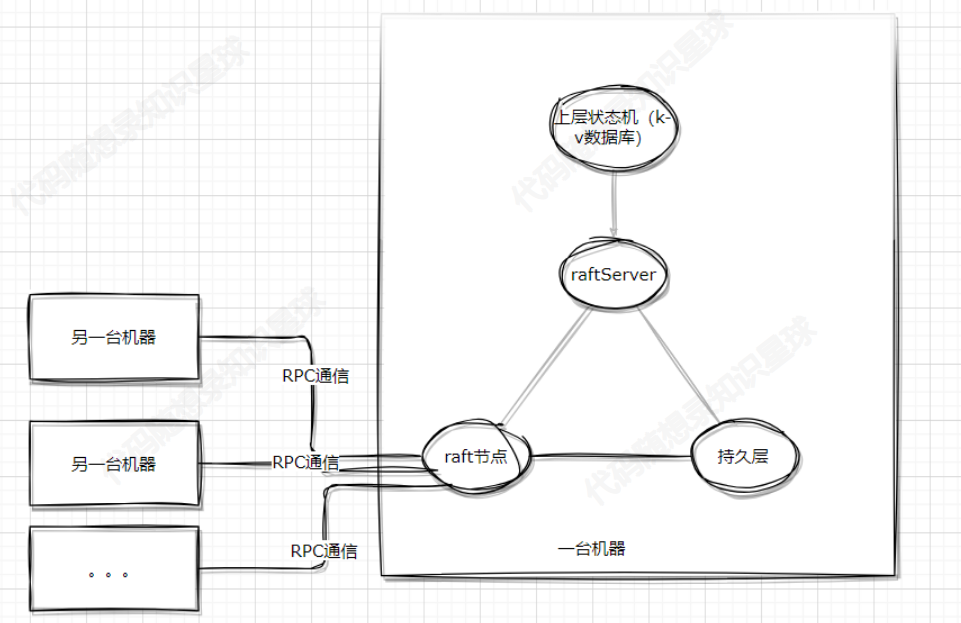
AI 代理教程:如何创建信息检索聊天机器人
介绍
在本教程中,我们将指导您使用 AI 代理创建用于信息检索的复杂聊天机器人的过程。探索如何利用 AI 的强大功能构建能够高效地从各种来源检索数据的聊天机器人。
设置环境
我们的计划是使用 AI 代理(LangChain)创建一个聊天机器人,并使用 Chainlit 创建一个简单的 UI。
我们希望我们的聊天机器人能够分两个阶段响应查询:规划和检索。代理应该可以访问维基百科和网络搜索。
准备和依赖
让我们从创建一个新项目开始。我将从创建新目录开始:
mkdir agents-chatbot
cd agents-chatbot
让我们创建虚拟环境并安装依赖项:
python3 -m venv venv
# Linux/MacOS
source venv/bin/activate
# Windows
venv\Scripts\activate.bat
pip install langchain chainlit python-dotenv wikipedia duckduckgo-search
现在我们可以创建我们的 app.py 文件(Chainlit 需要名称):
touch app.py
最后一步是导入我们的依赖项:
import os
import chainlit as cl
from dotenv import load_dotenv
from langchain import PromptTemplate
from langchain.agents import AgentType, Tool, initialize_agent
from langchain.chains import ConversationChain
from langchain.chains.conversation.memory import ConversationBufferMemory
from langchain.chat_models import ChatOpenAI
from langchain.tools import DuckDuckGoSearchRun
from langchain.utilities import WikipediaAPIWrapper
load_dotenv()
# OpenAI API key
OPENAI_API_KEY = os.getenv("OPENAI_API_KEY")
免责声明:我在 .env 文件中定义了我的环境变量,您可以执行相同的操作或在代码中定义秘密。
编码
现在是时候初始化 LLM 和工具了。我将在本教程中使用 GPT-4,但如果您愿意,也可以使用其他模型。我还将使用 DuckDuckGoSearchRun 和 WikipediaAPIWrapper 作为我的工具。
llm = ChatOpenAI(temperature=0, model="gpt-4")
search = DuckDuckGoSearchRun()
wikipedia = WikipediaAPIWrapper()
# Web Search Tool
search_tool = Tool(
name="Web Search",
func=search.run,
description="A useful tool for searching the Internet to find information on world events, issues, etc. Worth using for general topics. Use precise questions.",
)
# Wikipedia Tool
wikipedia_tool = Tool(
name="Wikipedia",
func=wikipedia.run,
description="A useful tool for searching the Internet to find information on world events, issues, etc. Worth using for general topics. Use precise questions.",
)
下一步是准备 PromptTemplates。我会准备两个。一个用于规划过程,一个用于生成最终响应的过程。
prompt = PromptTemplate(
template="""Plan: {input}
History: {chat_history}
Let's think about answer step by step.
If it's information retrieval task, solve it like a professor in particular field.""",
input_variables=["input", "chat_history"],
)
plan_prompt = PromptTemplate(
input_variables=["input", "chat_history"],
template="""Prepare plan for task execution. (e.g. retrieve current date to find weather forecast)
Tools to use: wikipedia, web search
REMEMBER: Keep in mind that you don't have information about current date, temperature, informations after September 2021. Because of that you need to use tools to find them.
Question: {input}
History: {chat_history}
Output look like this:
'''
Question: {input}
Execution plan: [execution_plan]
Rest of needed information: [rest_of_needed_information]
'''
IMPORTANT: if there is no question, or plan is not need (YOU HAVE TO DECIDE!), just populate {input} (pass it as a result). Then output should look like this:
'''
input: {input}
'''
""",
)
现在是启动代理和计划链的时候了。此外,我将添加内存,以便它们可以保存有关先前消息的信息。
memory = ConversationBufferMemory(memory_key="chat_history", return_messages=True)
plan_chain = ConversationChain(
llm=llm,
memory=memory,
input_key="input",
prompt=plan_prompt,
output_key="output",
)
# Initialize Agent
agent = initialize_agent(
agent=AgentType.CHAT_CONVERSATIONAL_REACT_DESCRIPTION,
tools=[search_tool, wikipedia_tool],
llm=llm,
verbose=True, # verbose option is for printing logs (only for development)
max_iterations=3,
prompt=prompt,
memory=memory,
)
UI部分
现在是时候创建 UI 了。我将使用 Chainlit 来实现此目的。我将利用 factory 函数将我们的代理传递给 Chainlit。但在触发 factory 函数之前,Chainlit 使用 run 函数准备将输入传递给模型的管道。我将覆盖它以稍微改变流程。我想首先执行规划,然后生成响应。
@cl.langchain_run
def run(agent, input_str):
# Plan execution
plan_result = plan_chain.run(input_str)
# Agent execution
res = agent(plan_result)
# Send message
cl.Message(content=res["output"]).send()
@cl.langchain_factory
def factory():
return agent
好的,我们快完成了。最后一步是运行我们的应用程序!
chainlit run app.py -w # -w flag is for restarting app after each change
结果!
太好了,现在让我们测试一下我们的应用程序。我将通过说“你好”来启动我们的应用程序,然后问它一个问题。让我们看看结果会是什么!

太棒了!正如您最初看到的那样,模型绕过规划,直到收到提示 — 然后,它组织任务并根据预期制定响应!
勇往直前,构建您独特的 AI 代理应用程序,不要错过 6 月 9 日开始的 AI 代理黑客马拉松。通过我们的 AI 教程提升您的知识,并利用 AI 的威力塑造未来!

![[渗透测试学习] PermX-HackTheBox](https://i-blog.csdnimg.cn/direct/d08f307a7b9446f29d30ff964f0521c9.png)















